
Size doesn't define pleasure. Real intimacy comes from connection, presence, and emotional honesty-not measurements. Learn why small can be deeply satisfying and how to truly connect.
When you focus on Cycling Performance, the ability to ride faster, longer, and more efficiently. Also known as bike performance, it draws on Training Programs, structured workouts that target power and endurance, the right Cycling Gear, lightweight frames, breathable kits, and proper shoes, and the specific demands of Mountain Biking, off‑road skills and bike handling.
Cycling Performance isn’t just about raw strength; it also hinges on Road Cycling, steady endurance rides on paved routes. While mountain trails test balance and reaction, road miles build aerobic capacity. Both styles benefit from a well‑planned training program and gear that matches the terrain. This blend of fitness, technique, and equipment creates a feedback loop: better training improves handling, and the right bike lets you push harder in workouts.
Below you’ll find articles covering everything from how to choose women’s cycling pants to the physics of downhill speeds, plus deeper dives into doping debates and diversity in the sport. Use these insights to fine‑tune your own routine, upgrade your kit, or simply understand what makes a great ride. Ready to level up? Keep scrolling for practical tips and expert advice that fit every cyclist’s needs.

Size doesn't define pleasure. Real intimacy comes from connection, presence, and emotional honesty-not measurements. Learn why small can be deeply satisfying and how to truly connect.

Explore the real stories behind Paris's nightlife companionship scene-what it's like for women offering escort services, how it works, and what you need to know before you get involved.

A nuanced look at African escorts beyond stereotypes, exploring their lives, risks, and the quiet dignity they carry. Real stories, real people, and what really matters in this misunderstood world.
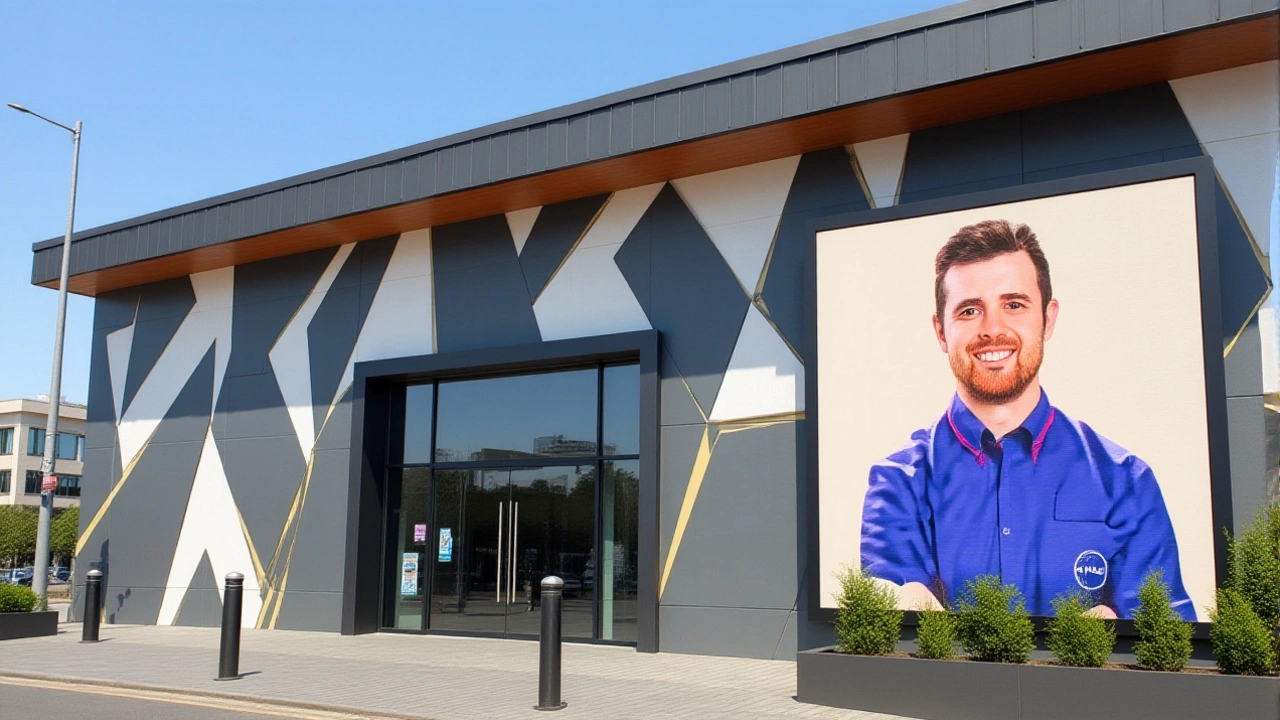
Currys PLC surged 19% after launching a £50M share buyback and completing a favorable pension review, with strong sales in AI, gaming, and iD Mobile driving a 37% profit jump. Total shareholder returns to hit £75M this year.

Pierre-Emerick Aubameyang's two goals in four minutes lifted Olympique de Marseille to a 2-1 Champions League win over Newcastle United at Stade Vélodrome, ending a 15-year drought against English sides and dashing Newcastle's hopes of a fourth straight win.
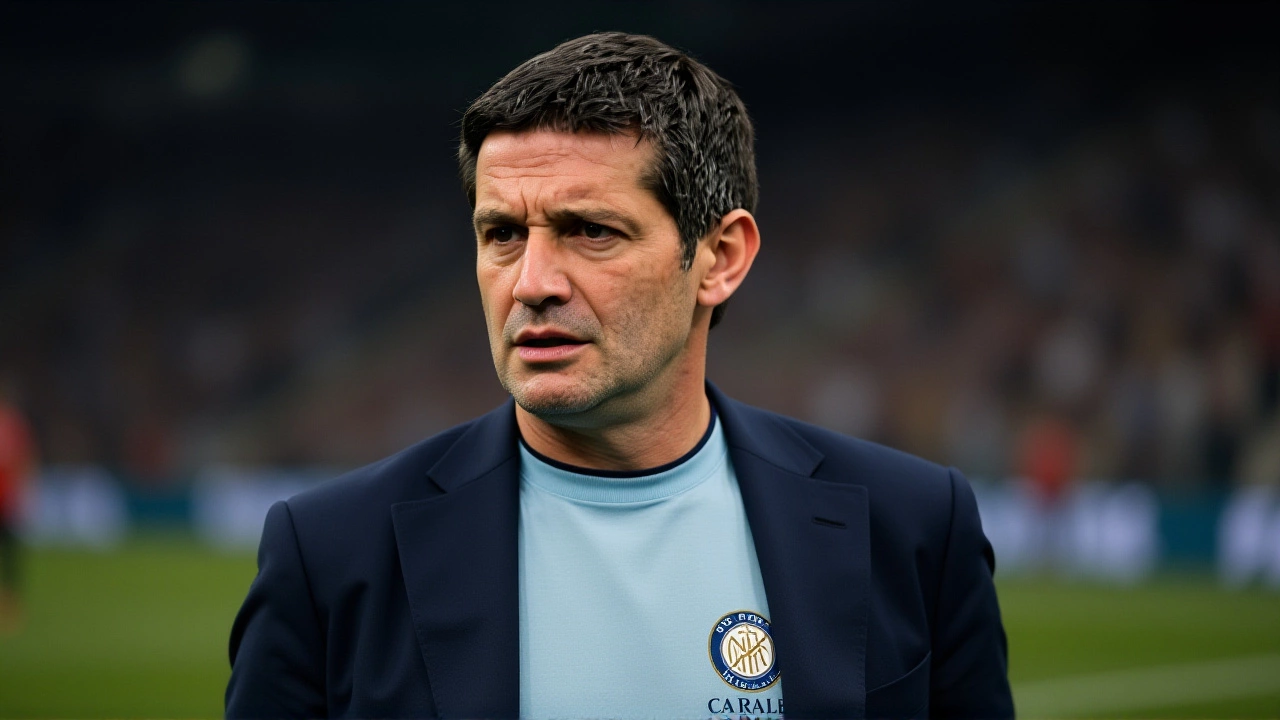
AC Milan defeated Inter Milan 1-0 in the Derby della Madonnina at San Siro, with Christian Pulisic scoring the winner and Mike Maignan saving a Hakan Çalhanoğlu penalty, extending Milan's unbeaten derby streak to six matches and propelling them to second in Serie A.
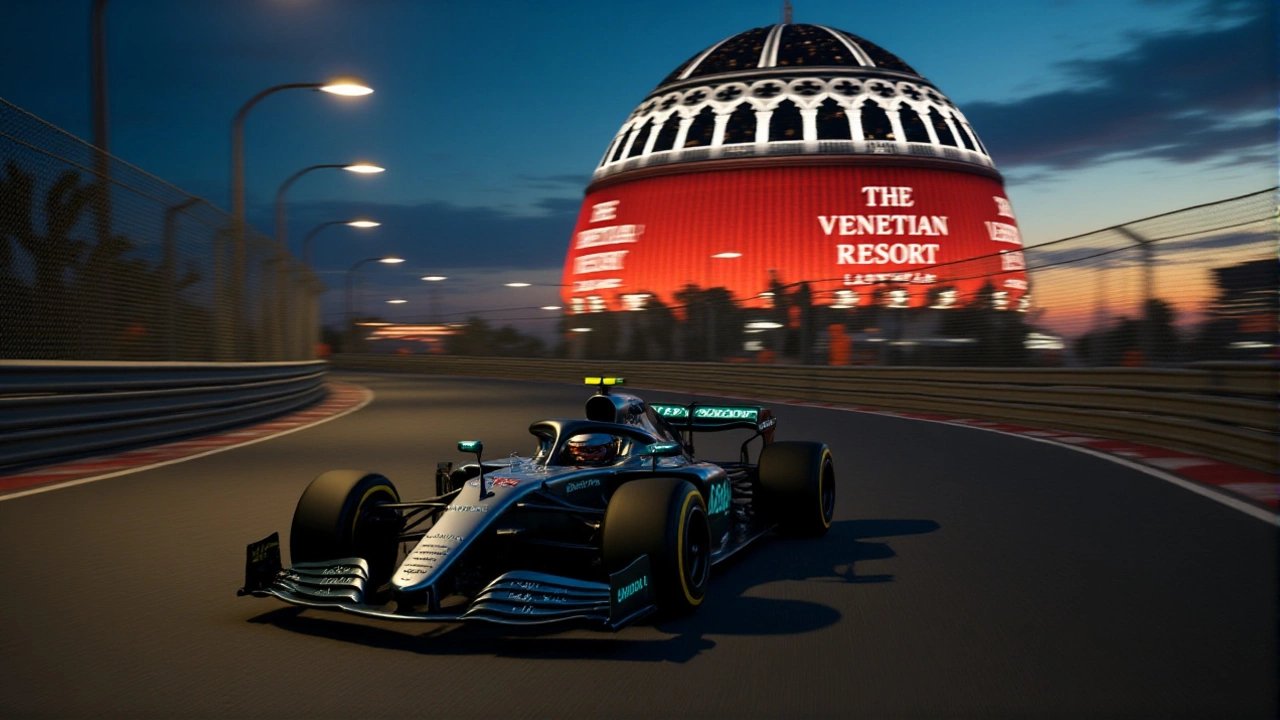
Lando Norris took pole at the 2025 Las Vegas Grand Prix, but McLaren's disqualification for skid block wear erased his podium, handing Verstappen victory and slashing Norris’s championship lead to just 24 points with two races left.
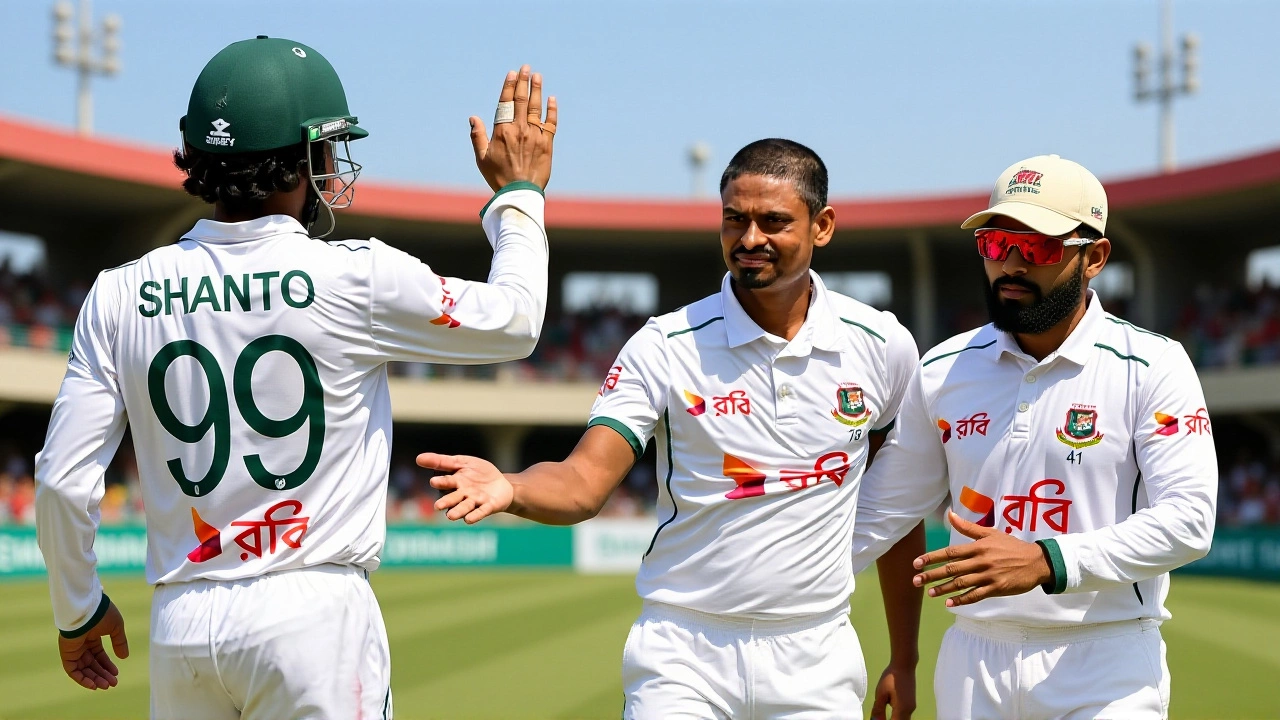
Bangladesh defeated Ireland by an innings and 47 runs in their first-ever Test match at Sylhet International Cricket Stadium in November 2025, with Mahmudul Hasan Joy scoring 171 and Hasan Murad making a debut breakthrough, cementing Bangladesh’s dominance in the head-to-head record.
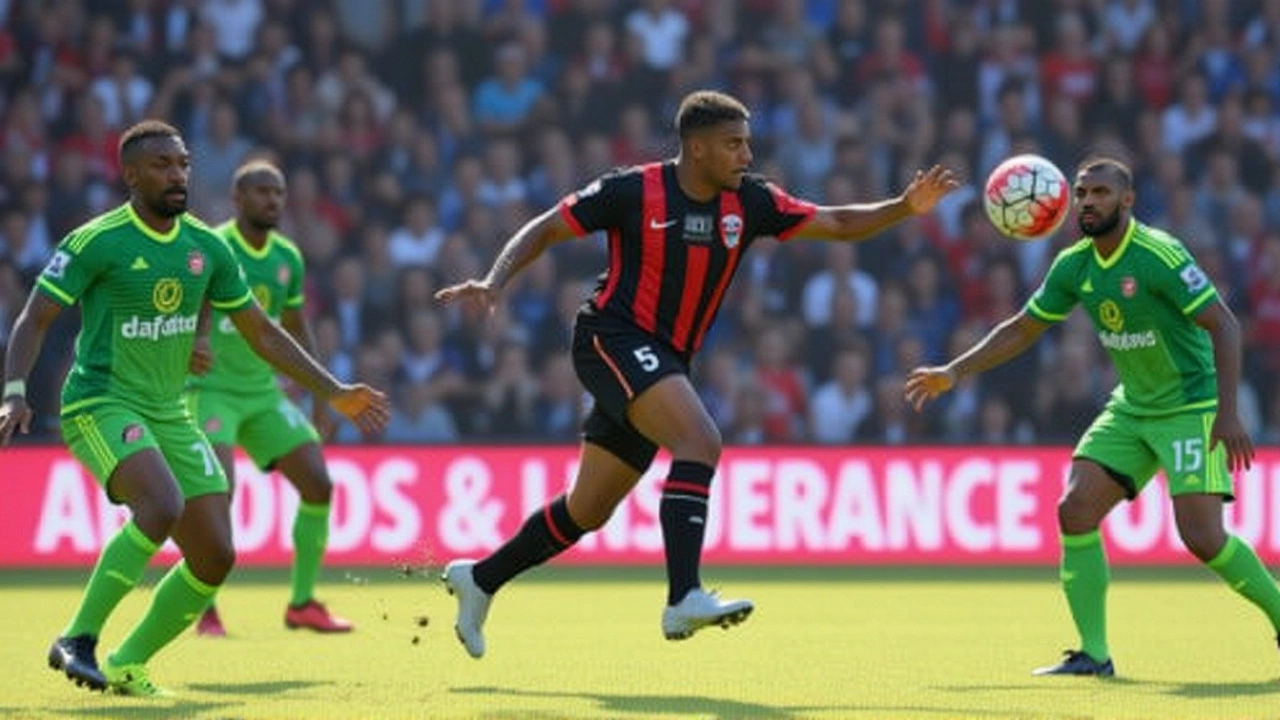
Dick Advocaat apologized to Sunderland fans after a 2-0 Premier League loss to AFC Bournemouth on February 6, 2016, as the club sat in 19th place with only 10 points. Fans made a 700-mile round trip, only to witness another defeat in a season that ended in relegation.
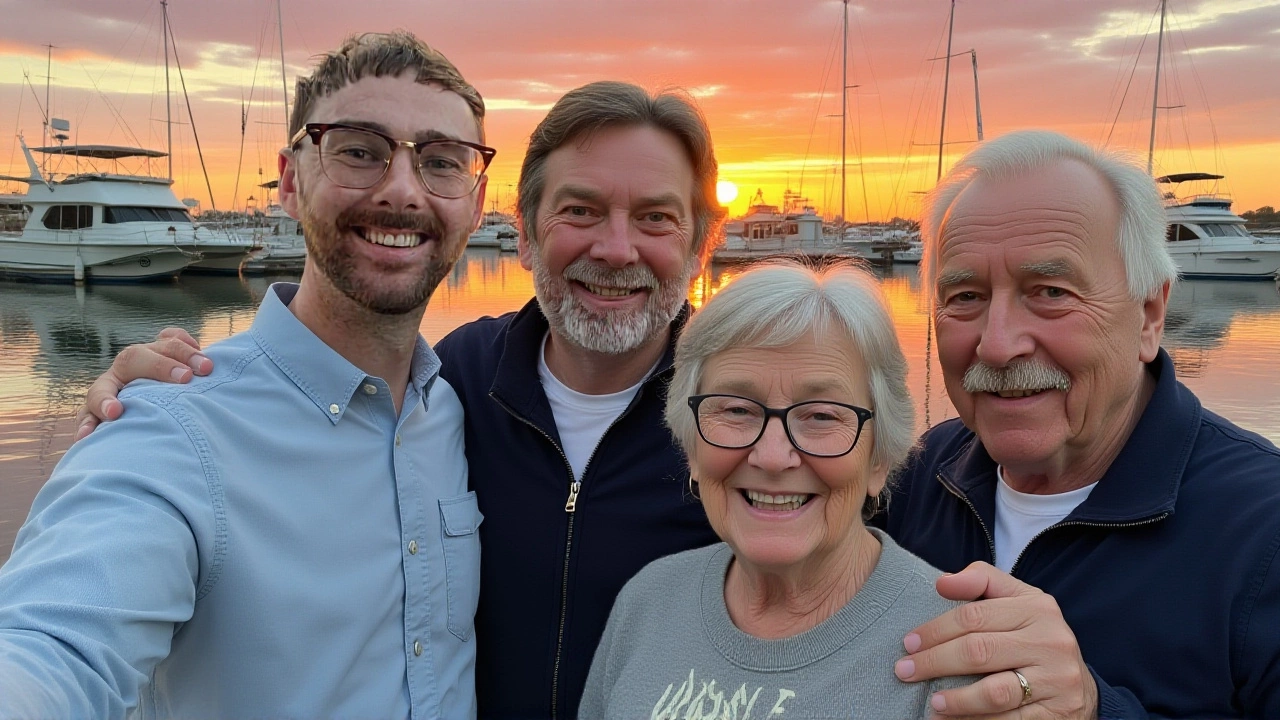
Pauline Quirke’s 2019 dementia diagnosis sparked her son Charlie’s fundraising crusade for the Alzheimer’s Society, raising over £100,000 and spotlighting rare frontotemporal dementia—changing how Britain sees early-onset cognitive decline.